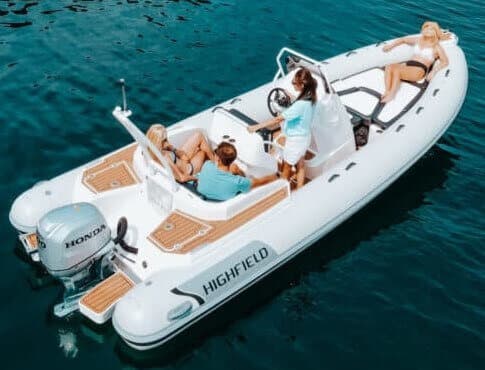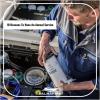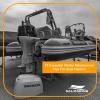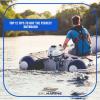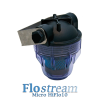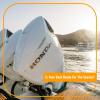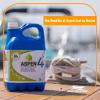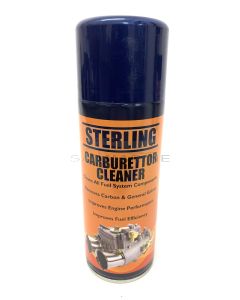Outboard Idling: A Step-by-Step Troubleshooting Guide
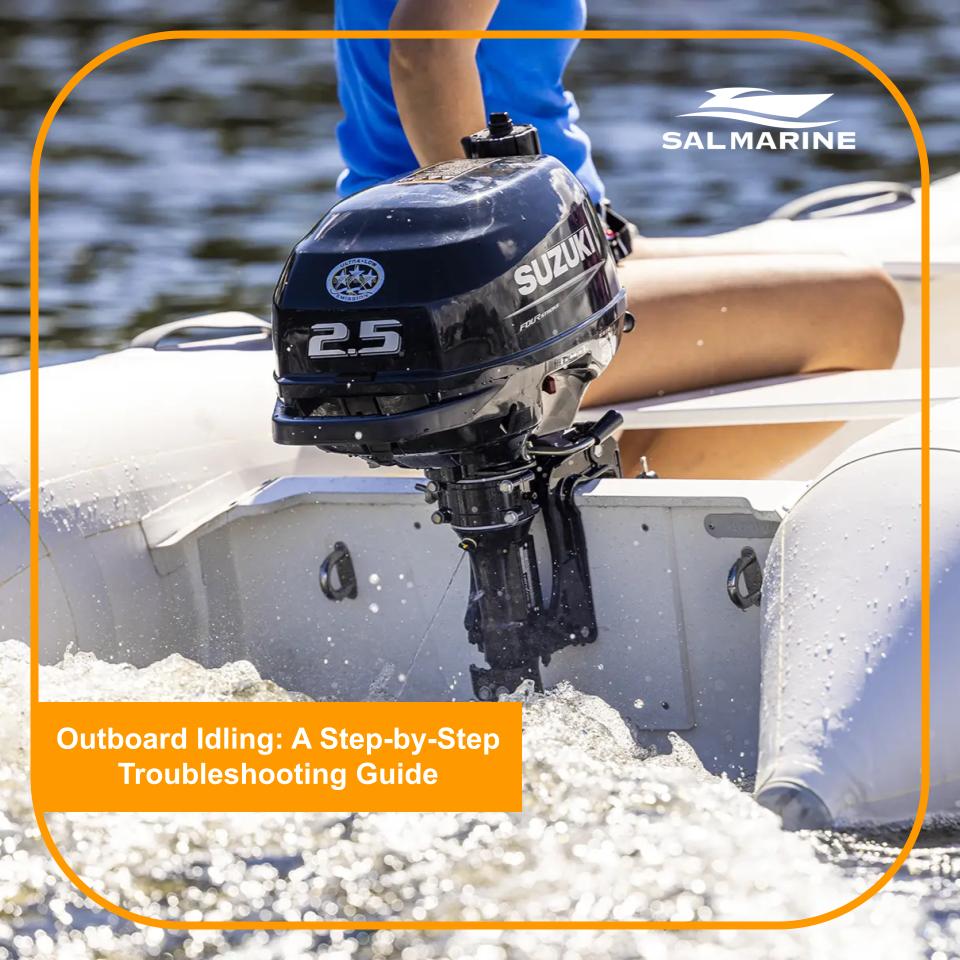
Smooth idling is crucial for the optimal performance of your outboard engine. When your outboard motor is experiencing idling issues, it can lead to frustration and potential performance problems. In this blog post, we will provide you with a troubleshooting guide to diagnose and resolve common outboard idling problems, helping you get back on the water without any hiccups.
Check Fuel System: Start by examining the fuel system, as fuel-related issues are often the culprit behind idling problems. Ensure that the fuel tank has an adequate amount of clean and fresh fuel. Inspect the fuel lines for any leaks, blockages, or damage. Additionally, check the fuel filters and replace them if necessary. Contaminated or old fuel can cause poor idling performance.
Verify Ignition System: A faulty ignition system can lead to inconsistent idling or engine stalling. Inspect the spark plugs for wear, fouling, or improper gaps. Replace any damaged or worn-out spark plugs. Also, examine the spark plug wires for any signs of damage or corrosion and replace them if needed. Ensure that the ignition timing is set correctly as per the manufacturer's specifications.
Clean Carburetor: A dirty or clogged carburetor can significantly impact idling performance. Remove the carburetor and carefully clean it, paying close attention to the jets and passages. Use a carburetor cleaner or soak it in a carburetor cleaning solution for stubborn deposits. Reassemble the carburetor and reinstall it properly.
Adjust Idle Speed: Incorrect idle speed can cause the engine to stall or run erratically. Consult your outboard motor's manual to locate the idle speed adjustment screw. Start the engine and warm it up, then adjust the idle speed to the recommended RPM using a tachometer. Make small adjustments until you achieve smooth idling.
Inspect Air Intake: A restricted or blocked air intake can disrupt the air-fuel mixture, resulting in poor idling. Check the air filter and clean or replace it if necessary. Ensure that the air intake passages are clear of debris or obstructions. Proper airflow is essential for smooth idling.
Address Compression Issues: Low compression in one or more cylinders can cause idling problems. Perform a compression test using a compression gauge to check the cylinder compression levels. If you discover low compression, consult a professional technician to diagnose and address the underlying cause, which may include worn piston rings, damaged valves, or a faulty head gasket.
Diagnosing and resolving outboard idling problems is essential for maintaining optimal engine performance and a pleasant boating experience. By following the troubleshooting guide provided in this blog post, you can identify and address common issues related to the fuel system, ignition system, carburetor, idle speed, air intake, and compression. However, if the problem persists or if you are unsure about any step, it is recommended to seek assistance from a qualified marine technician. Happy boating!
For those seeking professional assistance in tackling stubborn outboard idling problems, SAL Marine offers a cutting-edge solution – ultrasonic carburetor cleaning. Our specialized service utilizes advanced ultrasonic technology to thoroughly remove even the most stubborn deposits from your carburetor's jets and passages. This meticulous cleaning process ensures that your carburetor is restored to optimal condition, promoting smoother idling and improved engine performance. With SAL Marine's ultrasonic carburetor cleaning service, you can trust that your outboard engine will receive the highest level of care and attention.


 to save as many parts lists for boats and engines as you want. It makes reordering and costing up jobs, quick and easy!
to save as many parts lists for boats and engines as you want. It makes reordering and costing up jobs, quick and easy! 
